Whether it’s from robot-assisted knee replacements, exercises to keep you flexible or keeping your body tuned up from head to toe, joint health is a key to overall health. Regular exams can reveal under-lying problems that can affect balance, muscle tone, joints and bodily systems. We take a look at ways to remain mobile and relatively pain free for years to come.
Web-exclusive Interview with Dr. LaButti and Jay Krottinger
Robot-Assisted Knee Surgery
As the largest joints in the body, knees allow us to walk, run and jump – all while carrying our weight and absorbing the impact underfoot.
Knees are also our most vulnerable joints, and chronic pain caused by injuries or arthritis leads many people to choose total knee replacement surgery, which, according to the American Academy of Orthopaedic Surgeons, is one of the most successful procedures in all of medicine. This is largely due to improvements in materials and techniques, including computer-assisted robotic surgery.
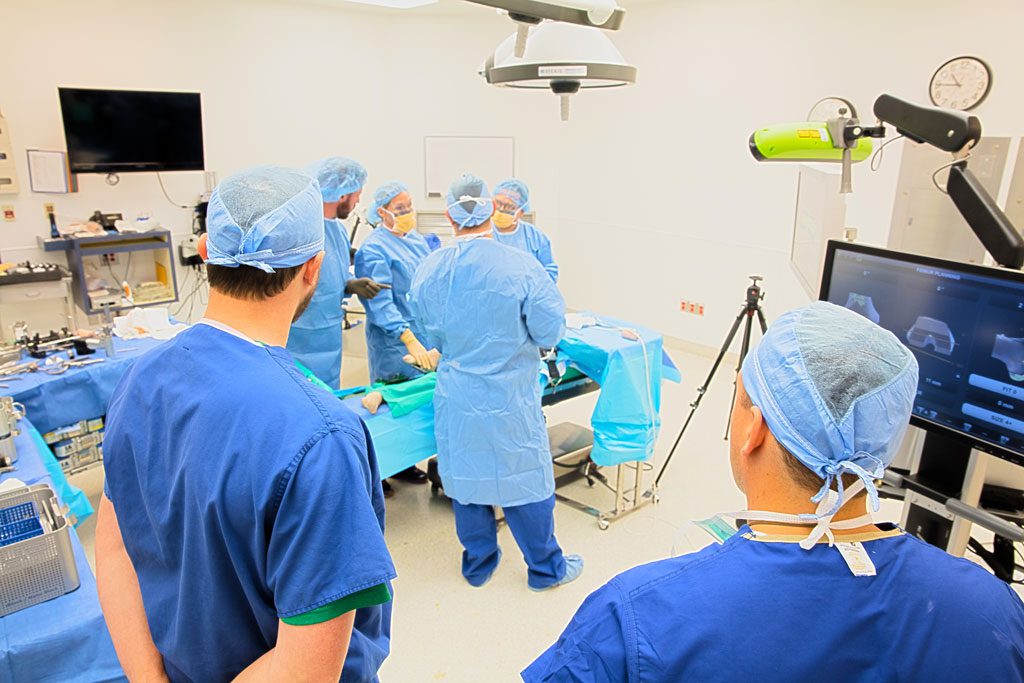
OMNI Orthopedics, a Massachusetts-based company, received clearance by the Food and Drug Administration in 2010 for its unique OMNIBotics system, a computer-controlled, robotic-assisted total knee replacement technology. The system uses an advanced robot, weighing less than two pounds, that attaches directly to the patient during surgery. The system also features OMNIBotics Bone Morphing technology, which builds and displays a three-dimensional model in real time and removes the need for pre-operative scans.
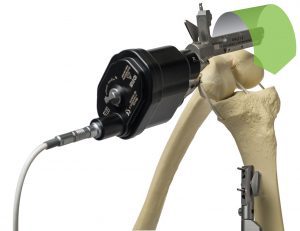 Ronald LaButti is an orthopedic surgeon with Advanced Orthopedics of Oklahoma – formerly Central States Orthopedics – in Tulsa and serves as a clinical assistant professor of orthopedic surgery at Oklahoma State University College of Osteopathic Medicine. He also operates at Oklahoma Surgical Hospital.
Ronald LaButti is an orthopedic surgeon with Advanced Orthopedics of Oklahoma – formerly Central States Orthopedics – in Tulsa and serves as a clinical assistant professor of orthopedic surgery at Oklahoma State University College of Osteopathic Medicine. He also operates at Oklahoma Surgical Hospital.
With the bone-morphing technology, “the surgeon creates a … plan based on the computer-generated model,” LaButti says. “Also, the hospital does not have to buy any hardware or software, which can cost up to a million dollars. OMNI provides the computer and the robot, at no charge to the hospital, which increases cost effectiveness.”
With OMNI including the robotic system as part of the operating room equipment, more surgeons and hospitals have the opportunity to add the latest in robotic technology to their offerings. This is especially significant considering expected growth in the field.
LaButti says there are about 650,000 knee replacements every year in the United States, with that number predicted to rise 673 percent by 2030. He says studies have shown that OMNIBotics produces improved clinical outcomes in regard to knee function and stiffness, pain reduction and increased patient satisfaction compared to conventional manual instrumentation.
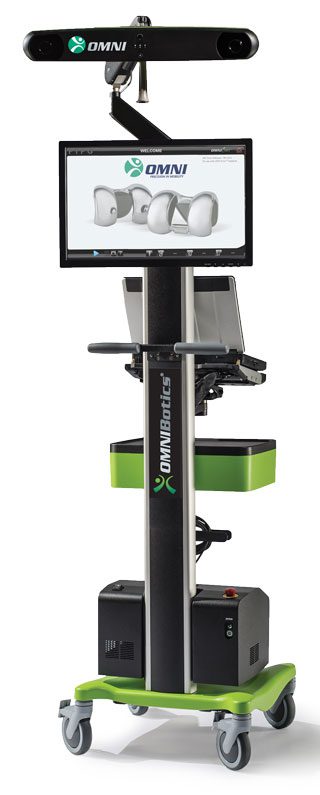 “Many studies confirm computer and robotic-assisted knee replacement improves the accuracy and reproducibility of the bone cuts in knee replacement compared to manual knee replacement,” LaButti says. “The addition of robotic technology has improved the surgeon’s ability to balance the ligaments.”
“Many studies confirm computer and robotic-assisted knee replacement improves the accuracy and reproducibility of the bone cuts in knee replacement compared to manual knee replacement,” LaButti says. “The addition of robotic technology has improved the surgeon’s ability to balance the ligaments.”
Jeremy Thomas, an orthopedic surgeon at Hillcrest Hospital Claremore and Hillcrest Hospital Pryor, also sees positive results from the robotic system.
“We are seeing much faster recoveries in the hospital and faster rehabilitation with home health and with our therapists, especially within the first three to four weeks, when motion improvement is critical,” says Thomas, adding that a robot gives the surgeon the ability to see the implant in its final position before making the first bone resection. “Following bone resections, we are able to visualize the corrections in alignment and stability as well as the balance of the knee through all ranges of motion. The bone morphing technology allows for … 3-D modeling instantaneously in the operating room and …micro-adjustments as we need to get a very individualized fit every time.”
For patients hesitant about robotic knee surgery, it’s important to remember that the system is a tool.
“We are in control of the system at all times,” Thomas says. “If at any point we feel that something is amiss, we can make ‘on the fly’ adjustments or corrections, and at any point are able to go back to manual instrumentation. As with any technological advancement, we are using OMNIBotics as an adjunct to improve on what is already a surgery with extremely high patient satisfaction scores.”

Photos by Brent Fuchs
Gregory Holt, an orthopedic surgeon with The Orthopaedic Center and CORE, an orthopedic hospital in Jenks, says patients have embraced new technology and finds that many people value the robotic system’s benefits.
“My patients obtain a better range of motion and with a better fitted prosthesis,” says Holt, noting that people were once encouraged to wait until they were around age 60 to receive knee replacements, but, with new and improved implants, those recommendations have changed. “We now feel that any age is appropriate when knee pain is significantly hindering a patient’s function. The odds are 95 percent that a knee replacement will last a person’s lifetime.”
To learn more, visit tulsaroboticknee.com or call 918.203.4300.
Healthy Joints at Any Age
Taking steps to maintain or improve joint health can increase your flexibility, help prevent injury and sustain mobility.
Keith Stanley, a doctor specializing in sports medicine at Tulsa Bone and Joint Associates, shares how one can support and protect joints at any age.
“To help your joint health, it’s important to stay at an appropriate weight,” he says. “Using a body mass index [BMI] calculator, plug in your information and check your numbers. If you fall within the mildly, moderately or severely obese categories, then one of the first things you can focus on is getting your weight and BMI closer to what it should be.”
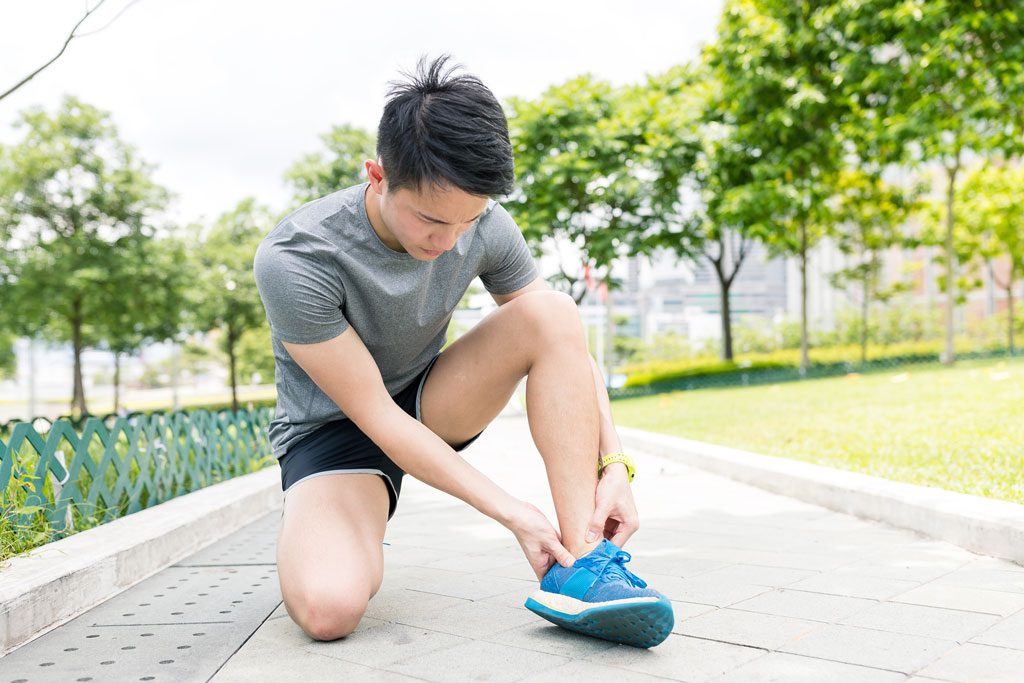
For those with a high BMI, Stanley recommends beginning a workout routine with low-impact exercises such as swimming, water aerobics or a stationary bicycle to reduce joint stress. These activities also help someone who already has an arthritic weight-bearing joint, such as an ankle, knee or hip. In addition, individuals should incorporate range-of-motion exercises to help support normal joint function.
“When people reach the age of 50, they tend to start having balance issues,” Stanley says. “This can be multi-factorial and can be due to vision problems, the inner ear not functioning as efficiently, the proprioceptors or balance receptors in our joints not working as well, or injuries that affect our balance, whether it’s a joint injury or head injury. So, working on exercise programs to augment these … would be another tool people should consider.”
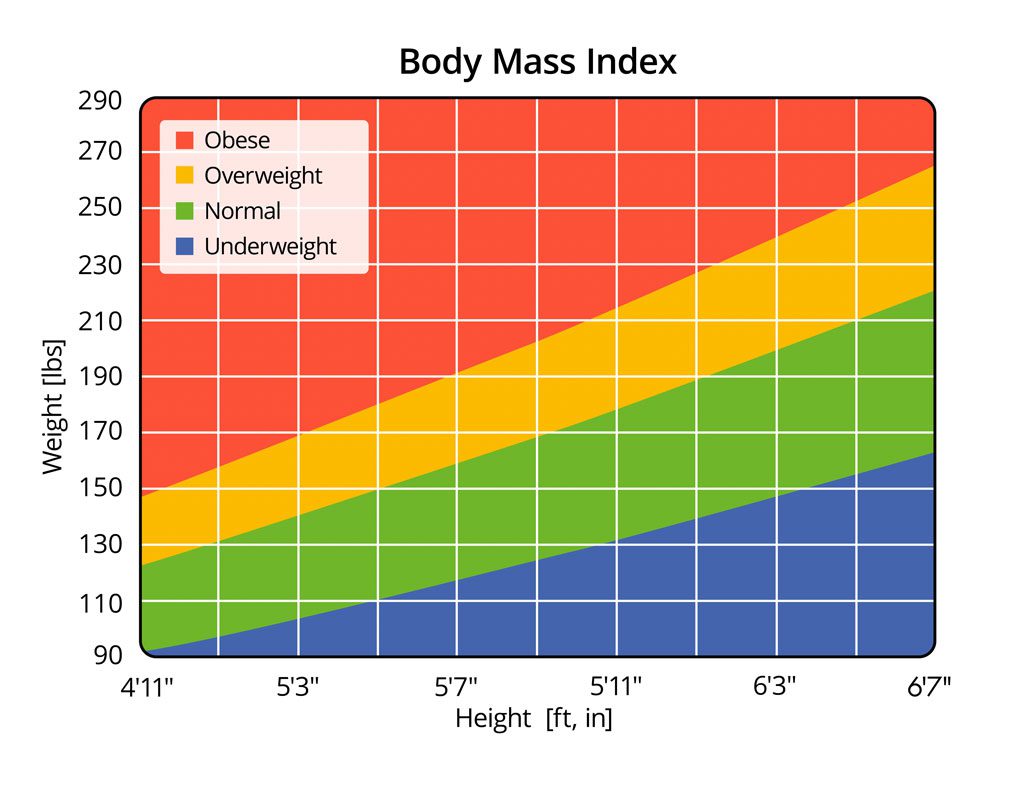 Within his practice, Stanley has noticed a trend of patients in their 20s and 30s who have significant joint degeneration caused by overuse or injury during their pre-adolescent and adolescent years.
Within his practice, Stanley has noticed a trend of patients in their 20s and 30s who have significant joint degeneration caused by overuse or injury during their pre-adolescent and adolescent years.
“There is a lot of concern that excessive, intense training very early in life, while it may have some short-term benefits for success in sports, may ultimately be a bad thing for joints,” he says. “Younger people need to be paying attention to their joint health and not abusing themselves unnecessarily. However, the age group of most concern, the pre-adolescents and adolescents, are too young to understand the long-term effects on their body. That’s why it’s so important for parents and coaches to be educated and aware of the injuries that can be occurring from overuse.”
Walk through the health and wellness section of any grocery store or pharmacy and you’ll find a wide range of supplements intended to promote joint health. While they look promising, Stanley advises patients to proceed with caution.
“There are a lot of claims in the marketplace regarding supplements that help support joint health. However, many of these claims are not substantiated by true scientific-structured studies,” he says. “My advice to patients is to remember that although something is advertised as natural, these supplements are still chemicals and can have potential side effects just like prescribed medicines. It’s also imperative that people always include within their list of medications any herbal remedies, vitamins or supplements they are taking. There can be serious drug interactions with these products and it’s critical for your physician to be informed.”
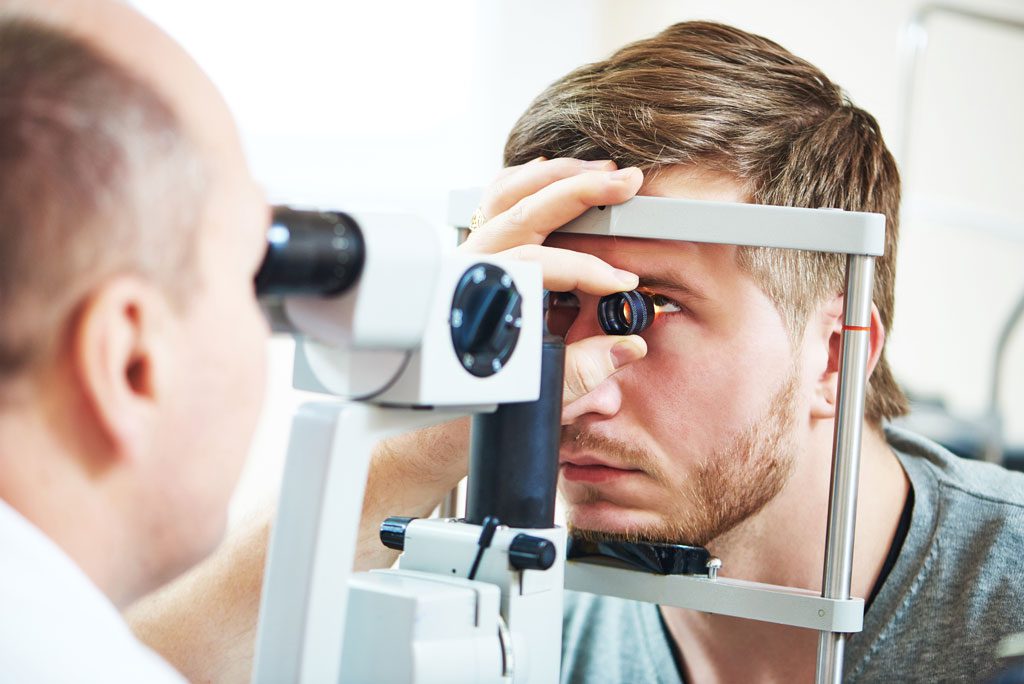
Head-to-Toe Healthy
Too often, life gets in the way of health. Many times we skip yearly physicals or postpone dental appointments because we feel fine. But we’re taking risks. Recommended medical screenings and exams help identify issues before they become serious problems affecting bones, joints, muscles, tissues, organs and, ultimately, your mobility. Consider putting your health at the top of your to-do list, as recommended by the U.S. Preventative Services Task Force.
Blood pressure
Men and women should have blood pressure checked every three to five years. However, if the systolic number is 120-139mm HG, or the diastolic number is 80-89mm HG, then a person should have it checked every year.
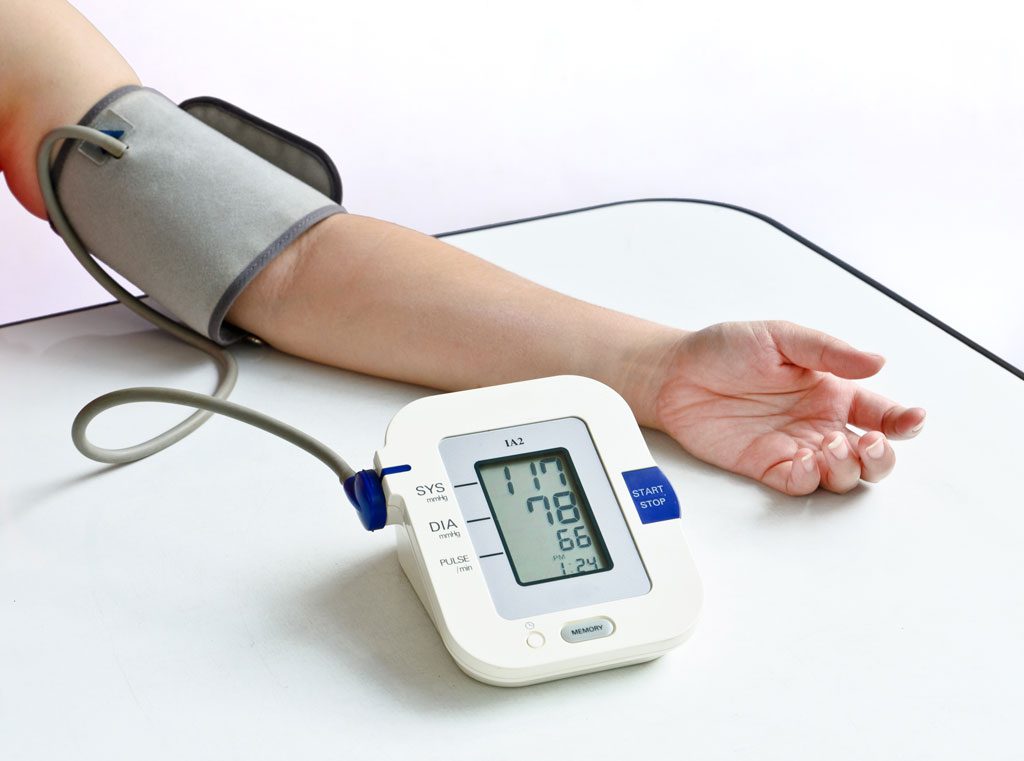
Cholesterol
Men and women who have risk factors for heart disease may begin cholesterol screening at age 20. Individuals with normal cholesterol levels should typically be checked every five years.
Colorectal cancer
Adults between 50 and 75 should be screened for colorectal cancer, and adults 76 to 85 should ask their physicians if they should be screened.
Teeth and gums
According to the American Dental Association, 100 million Americans do not see a dentist each year. Visiting a dentist once or twice a year can help to prevent problems or identify problems early enough to offer more simple and affordable solutions. The ADA recommends flossing daily and brushing twice a day for two minutes.
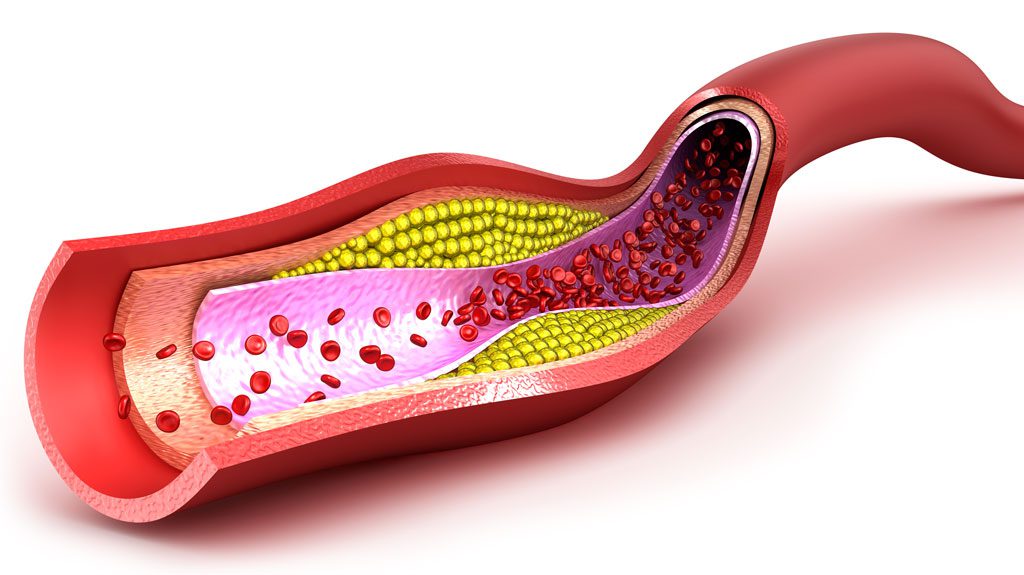
Eyes
Alexander Davis, a doctor specializing in cornea and external disease at Oklahoma City’s Dean McGee Eye Institute and a clinical assistant professor in the Department of Ophthalmology for the University of Oklahoma College of Medicine, recommends having a yearly eye exam, which can uncover serious conditions affecting a person’s sight.
“Having great vision does not necessarily mean there are no dangerous diseases lurking about,” he says. “Common eye conditions such as diabetic retinopathy and glaucoma can cause significant damage to the internal structures of the eye before they affect vision. By the time vision is affected, these diseases are more advanced and difficult to treat, and permanent vision loss can occur. In addition, ocular cancers can present in a variety of ways on the surface of the eye, in the eye or on the eyelids without any decrease in vision whatsoever. Yet diseases such as these can be detected early with regular visits to your eye care provider.”
He encourages individuals to consider eye problems as important as any other problem with the body.
“Similar to seeing a primary care doctor, a person should have routine visits with an eye-care provider and make an appointment if there are sudden or new changes,” Davis says. “For example, dry eye can be a symptom of a serious undiagnosed condition such as rheumatoid arthritis or lupus.”
Bone density for women
A bone density test assesses bone strength and can determine if you have osteoporosis. The preventative services task force recommends screening for osteoporosis in women 65 or older and in younger women whose fracture risk is equal to or greater than that of a 65-year-old woman who has no additional risk factors.
“After menopause, women are at a higher risk of decreased bone density due to the corresponding decline in estrogen,” says Neha Satyanarayana, a resident physician with OU Physicians Family Medicine. “Estrogen is protective against osteoporosis and osteopenia. Women who smoke or have a low body mass index are also at higher risk for low bone density.”
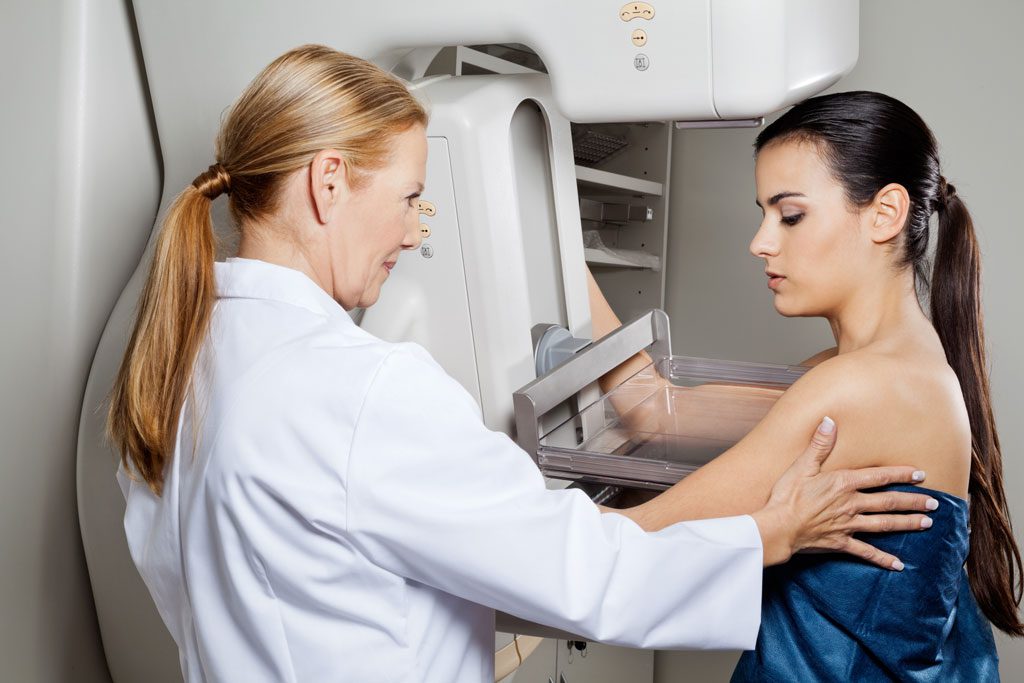
Mammograms
“The majority of breast cancers can be diagnosed from screening exams like the mammogram, which is an X-ray of breasts that allow abnormal breast tissue to be seen easier,” says Jennifer Li, a resident physician with OU Physicians Family Medicine. “The goal of a mammogram is to catch invasive breast cancer early enough so that it can be treated to prevent death.”
She says screening has the most benefit for women more likely to develop breast cancer and who will benefit from earlier treatment, if breast cancer is detected.
“Health care providers decide on the best time for patients to start mammograms based on the patient’s risk factors for breast cancer,” Li says. “Risk factors … include personal history of ovarian cancer and breast cancer, family history of breast, ovarian or peritoneal cancer, having gene mutations like BRCA1 and BRCA2, or a history of radiation therapy to the chest. If a woman has any of these histories, it is important that her physician knows so that breast cancer screening can start at the appropriate time.”
Li points out that if a woman doesn’t have any personal, family or genetic history related to breast cancer, then age becomes the biggest risk factor for developing breast cancer.
The preventative services task force “suggests that mammograms every two years will benefit women age 50 to 74 years the most,” Li says. “From age 75 and on, mammograms may not have as many benefits and the decision is also made between the patient and physician. From age 40 to 50, the decision to do mammograms is somewhat controversial. The American College of Obstetrics and Gynecology 2017 guidelines recommend offering mammograms at age 40 with screening every one to two years if the patient and physician decide on screening. The American Cancer Society guidelines suggest starting the conversation at age 40 and annual screening to begin at age 45. The bottom line is, for this age group, mammogram screening should be … based on the patient and physician’s discussion regarding risks versus benefits, patient values and concerns, and other environmental risk factors that the patient may have.”
Pap Smears
The preventative services task force “recommends getting your first Pap smear when you are 21 years old,” says Becky Purkable, a resident physician with OU Physicians Family Medicine. “If your Pap smear is normal, you need to repeat the test every three years. If it is not normal, you will need to be screened more frequently. What is really exciting is that we can now test for HPV or human papillomavirus, which is the virus that causes most cervical cancers. When you are 30 years old and older, you can be tested for HPV while getting your Pap smear. If both are normal, you do not have to get a Pap smear for five years.”
Purkable also notes the importance of receiving the HPV vaccine, which helps protect against HPV strains known to cause cancer. The vaccine is intended for males and females between 12 and 26 years old.
Osteoarthritis
What it is and how to manage it
According to the Arthritis Foundation, there are more than 100 different types of arthritis causing joint pain and joint diseases. Osteoarthritis, the most common form, affects an estimated 31 million Americans.

“Osteoarthritis is inflammation of a joint that leads to degeneration or the wearing down of the cartilage,” says Danya Josserand, an orthopedic surgeon with Warren Clinic Orthopedic Surgery and Sports Medicine in Tulsa. “As the degeneration worsens, a joint may become ‘bone on bone,’ meaning there is no longer any cartilage capping the bones that form a joint. So instead of a smooth surface meeting another smooth surface, a joint becomes a rough surface meeting another rough surface. This leads to crepitus [a grating sensation produced by friction between bone and cartilage] when moving the joint and oftentimes pain.”
While osteoarthritis can affect anyone, the disease is more common among adults over 65. However, Josserand says there are certain risk factors that may speed up the development of osteoarthritis. If a person suffers trauma around a joint, such as a fracture, it can lead to post-traumatic osteoarthritis. Obesity can also hasten the onset of the disease as increased body weight increases the amount of force across a joint and causes joint cartilage to wear down more quickly.
Unfortunately, there is no cure for osteoarthritis or a way to prevent it. Instead, individuals living with this disease must learn how to manage their symptoms. Strategies to decrease pain include low-impact aerobic exercises, maintaining a body mass index (BMI) of less than 25 and the use of oral and/or topical non-steroidal anti-inflammatory drugs (NSAIDS) such as ibuprofen or naproxen. Additional treatment options include steroid injections into the arthritic joint and surgery.
“There are various surgical procedures available for osteoarthritis, with the most common surgery being joint replacement surgery—also known as arthroplasty,” Josserand says. “This usually involves replacing the worn down bones that form the arthritic joint with metal and plastic. If you are considering joint replacement surgery, weight loss may be of your best interest as a lower BMI correlates with decreased risks of complications postoperatively. Joint replacement surgery is a viable option after you have exhausted all conservative, non-operative treatment modalities, including pain medication (NSAIDs), injections, and exercise or physical therapy.”
Fitness-Inspired Smartwatches
Aiming to educate and motivate
Today’s smartwatches offer new and improved features to help you reach your fitness goals. Following are a few popular choices.
Apple Watch Series 3 boasts built-in cellular connectivity for calls and texts as well as a heart-rate app with in-depth monitoring. Features include personal coaching, GPS and a dual-core processor.

LG Watch Sport offers 4G LTE wireless connectivity allowing you to call, text and browse without a smartphone. Features include Android Wear 2.0 and Google Fit to coach and track activity, including strength training. A heart-rate monitor and GPS are included.
Polar M430, tailored for the serious runner, has cutting-edge running metrics, advanced GPS and wrist-based, heart-rate monitoring. Polar’s Smart Coaching offers guidance and extended battery life that lasts up to 30 hours.
Garmin Forerunner 935 is a premium GPS running/triathlon watch with wrist-based, heart-rate monitoring. Its new performance tool, Training Status, evaluates exercise history and performance indicators to gauge productivity.
Nokia Steel HR has the look of a traditional analog watch but adds a heart-rate monitor, activity tracker and sleep monitor. Features include call, text and event alerts, a silent smart alarm and battery life lasting up to 25 days.
Huawei Watch 2 has a comprehensive fitness tracker along with on-the-go calling and texting. A heart-rate monitor, GPS and real-time coaching are included.
Samsung Gear S3 offers military grade durability, hands-free calls and Bluetooth connectivity for texts, emails and alerts. The S Health app tracks your activity and heart rate. Sleep monitoring and GPS are included. It’s compatible with Android and iOS.
Exercise and Arthritis
How to keep moving through the pain
Joint pain from arthritis can slow you down, but exercise can help reduce pain and improve mobility.
“Any movement is great for arthritis,” says Brooke Rusher, an exercise physiologist and aquatic coordinator for St. John Health Club in Tulsa. For those specifically struggling with arthritic joints, she suggests an aquatic program with a warm water pool.

“At St. John’s, we have a therapy pool that is kept at 92 degrees for people who have arthritis,” Rusher says. “The warmth of the water feels not only good to the joints but allows more range of motion. When you are chest depth in the pool, you are eliminating 75 percent of your body weight. Think about all the things that you could do if you only weighed 25 percent of your body weight.”
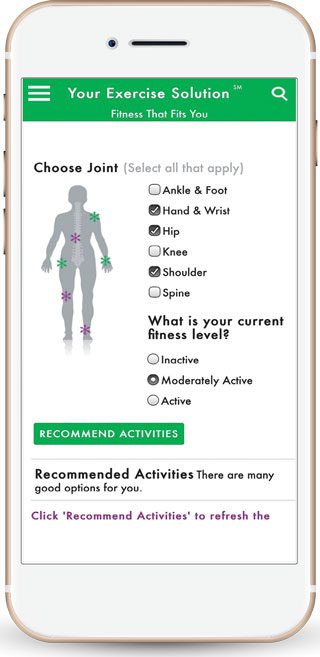
In a pool, you’re able to run and jump without additional stress on your joints, and, because water is denser than air, you also benefit from resistance training.
“Imagine a place where your joints feel good; you are basically weightless and get a workout all in one session,” Rusher says.
To help individuals with arthritis choose the right exercise, the Arthritis Foundation provides the Your Exercise Solution (YES) Tool. This online application allows you to identify where you have pain, select your current fitness level and then choose an activity that is right for you. You will also receive personalized modifications that will help you exercise safely. The program is available to download on your mobile device through Apple’s App Store and Google Play.
“The bottom line is we are all aging,” Rusher says. “If we begin to take care of our bodies now, we can look forward to living a longer, healthy and independent life.”





















